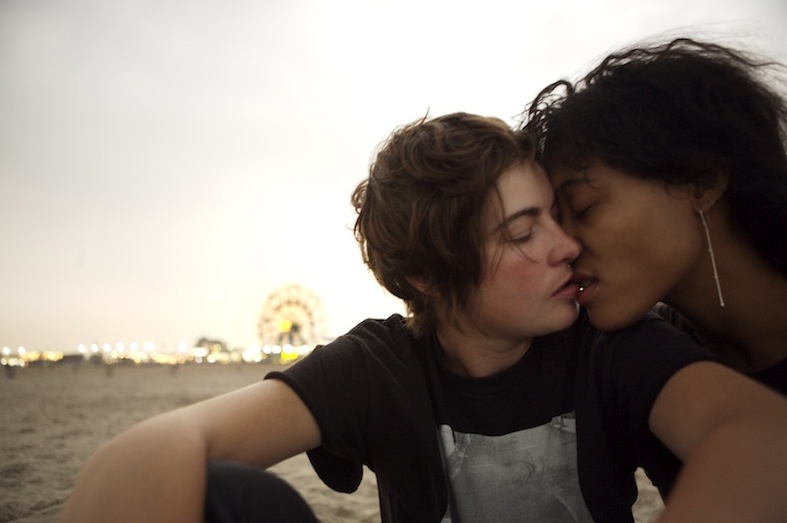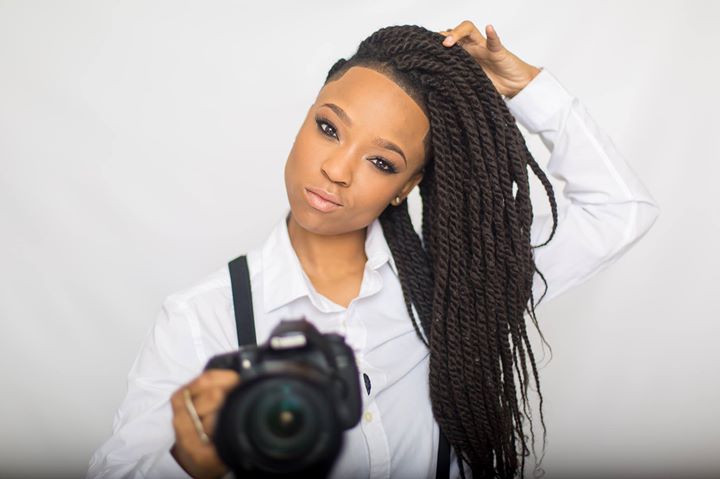Let’s be honest: Most cisgender, heterosexual men write about anything they want. They write about cisgender, heterosexual men. They write about elderly women.
They write about lesbians and transgender men and people in foreign countries.
They consider themselves the experts on all human life.
As a lesbian artist or writer, you might want to focus on cisgender, heterosexual men, but the LGBT community is looking to you to tell their stories.
Is it your responsibility to create art about LGBT people?
No. Artists shouldn’t pigeonhole themselves into one thing.
After all, when your artistic identity comes first, then you’re not “that lesbian artist,” you’re an artist who happens to be a lesbian. As an artist, you can’t grow if you keep creating the same stories over and over. Expand your talents – and your audience.
Yes. If lesbians don’t tell their own stories, who will?
Cisgender, heterosexual men will continue to tell lesbian stories – badly. Many will base their ideas of lesbians on porn, two episodes of Ellen, and that one androgynous gym teacher they had in middle school.
They will use lesbians as a tool: Sexy Lesbians will sell more movie tickets. Butch Lesbians will provide comic relief. Pretty Lesbians will fall in love with the male protagonist. Tragic Lesbians will earn the writer an Oscar for telling heartbreaking stories.
It’s impossible to stop bad representation completely, and for every Transparent, there will always be a Crying Game. But telling our own stories is an important step in the right section. Let’s elbow those cisgender straight men out of the way.
No. Lesbians shouldn’t have to preach.
If a lesbian writes a lesbian story because she thinks it’s her lesbian duty, then the result will be a mess. The story will often be flat, uninspired and preachy. It will read less like a novel and more like a Public Service Announcement. People can tell when lessons are being forced down their throats, and that turns them off even more.
It’s better to create no lesbian art than bad lesbian art.
Yes. LGBT identities are a natural part of life.
If a lesbian artist refuses to include LGBT characters or themes in her art, then she is effectively erasing non-heterosexual, non-cisgender identities from the world.
For hundreds of millions people, being LGBT is a core part of their selfhood. An artist who doesn’t include any LGBT characters isn’t just saying that LGBT stories aren’t worth telling – they’re saying that LGBT identities aren’t worth existing.
In conclusion: It depends.
As an artist, your responsibility is to tell the truth. Not facts, but your philosophical, cultural and moral truth.
You should create art that feels true to your experiences, whatever that may be.
Make the art that you’re passionate about. Maybe today you’re passionate about LGBT rights, but in the future you won’t want to address that anymore. That’s okay. Maybe today being a lesbian isn’t a large part of your identity, but in the future you’ll feel called to write about it. That’s okay.
Create what you want to create. Let your art grow with you.



